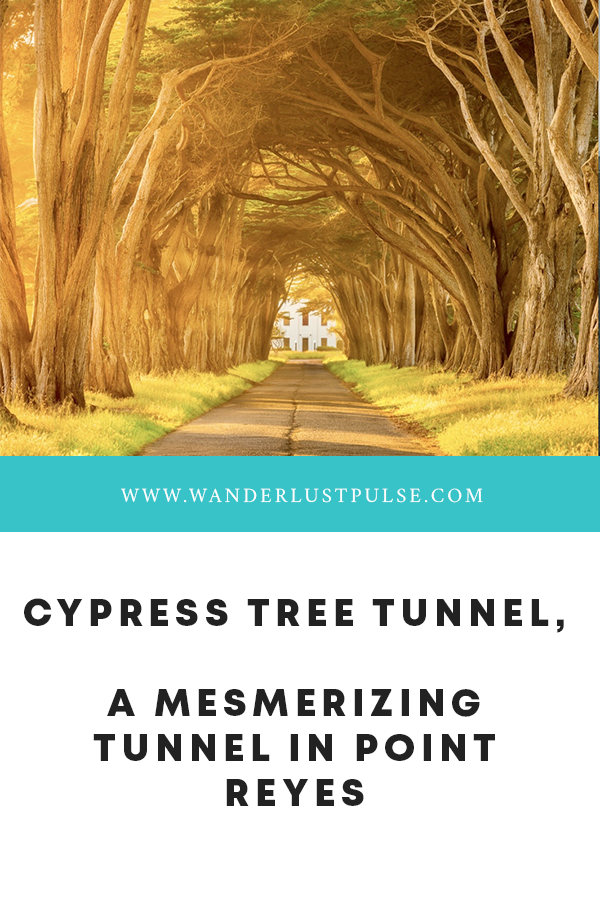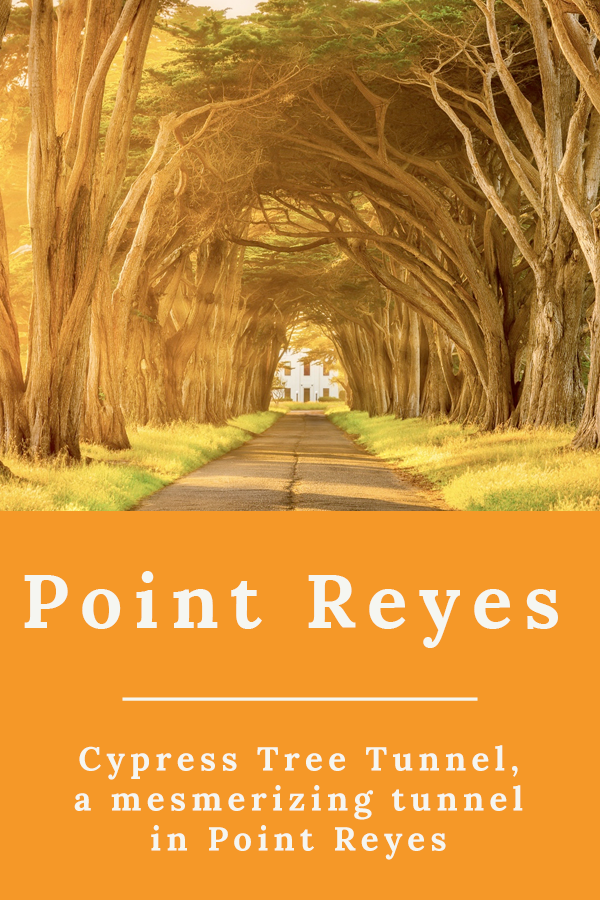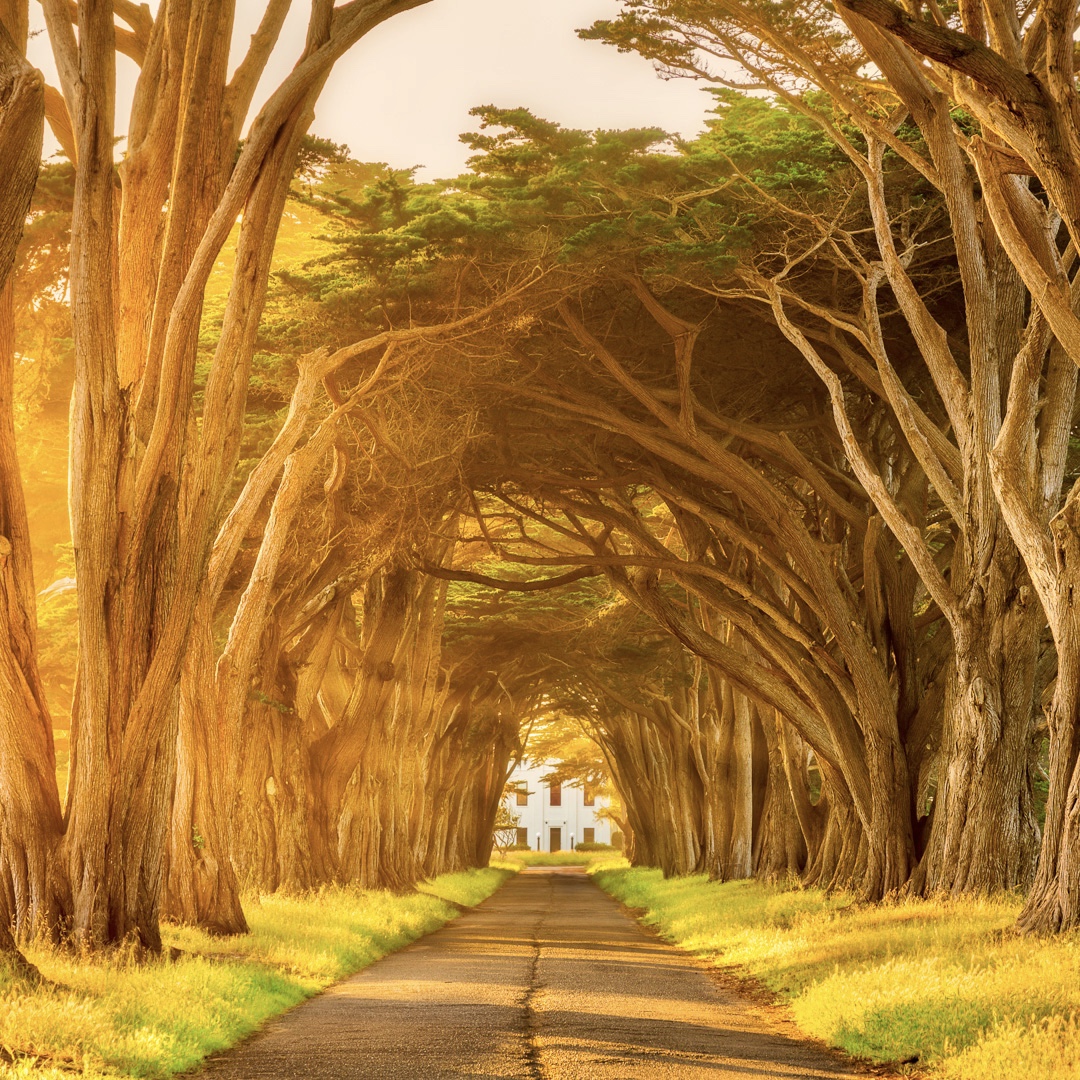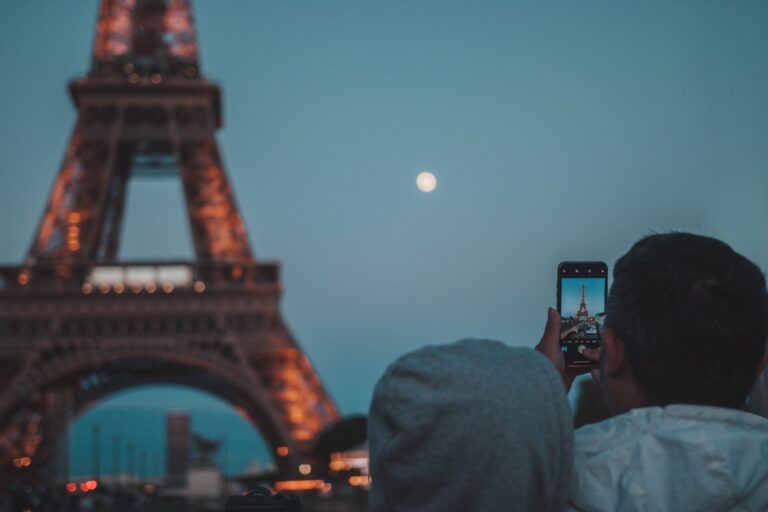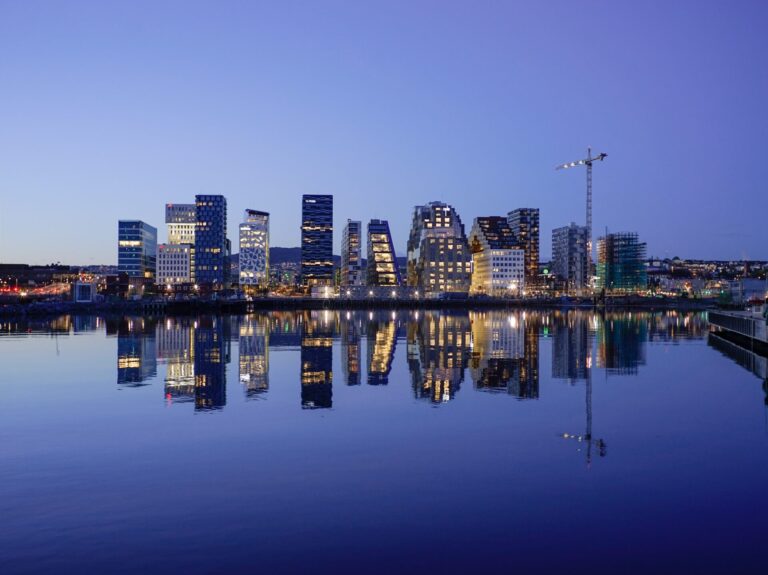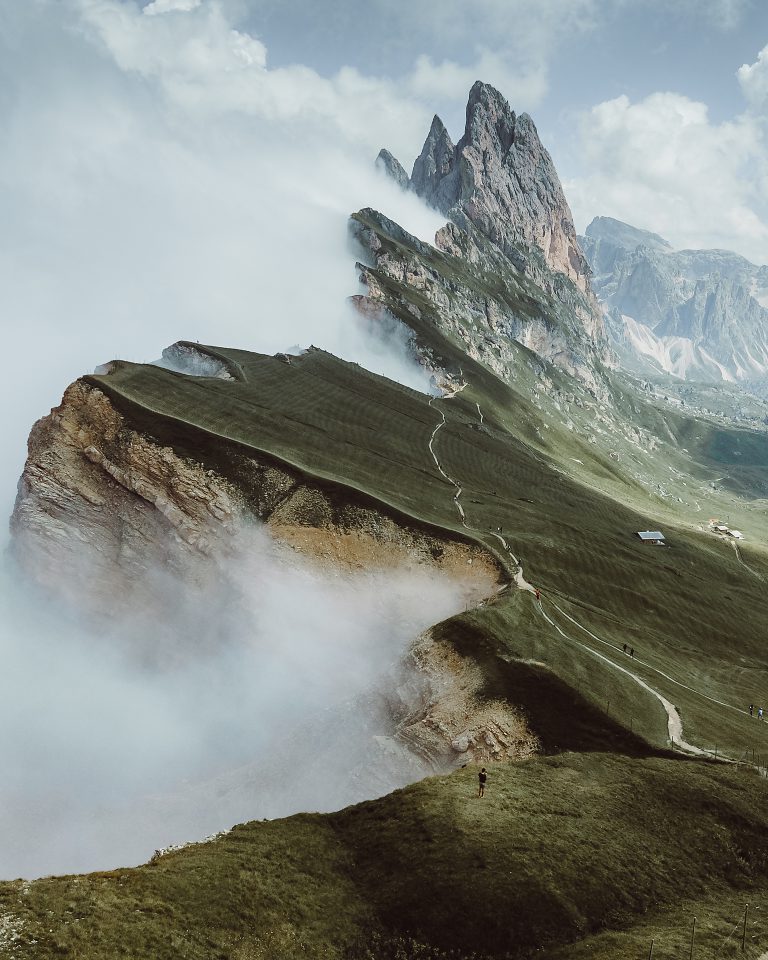Cypress Tree Tunnel, a mesmerizing tunnel in Point Reyes
The Point Reyes National Seashore park is one of landscape photographer Tom Wagner’s favorite places to hike and enjoy nature. During one of his visits to the park, he photographed The Cypress tree tunnel during golden hour.
About the Cypress Tree Tunnel
The Cypress Tree Tunnel is a famous and beautiful location in the Point Reyes National Seashore, California. It is a long row of cypress trees with drooping branches that form a tunnel-like path. The tunnel is surrounded by lush green grass and a picturesque landscape. It is a popular location for photography and Instagram, and many people visit this location to take beautiful and unique photos.
The best time to photograph the Cypress Tree Tunnel is during the golden hour, which is the hour just before sunset when the light is soft and warm. The warm, golden light during this time creates a beautiful and romantic atmosphere, and it is perfect for capturing stunning photographs of the cypress trees and the surrounding landscape. Additionally, the early morning hours are also a good time to photograph the Cypress Tree Tunnel, as the light is soft and the trees are often shrouded in fog, which adds an ethereal and mystical quality to the photos.
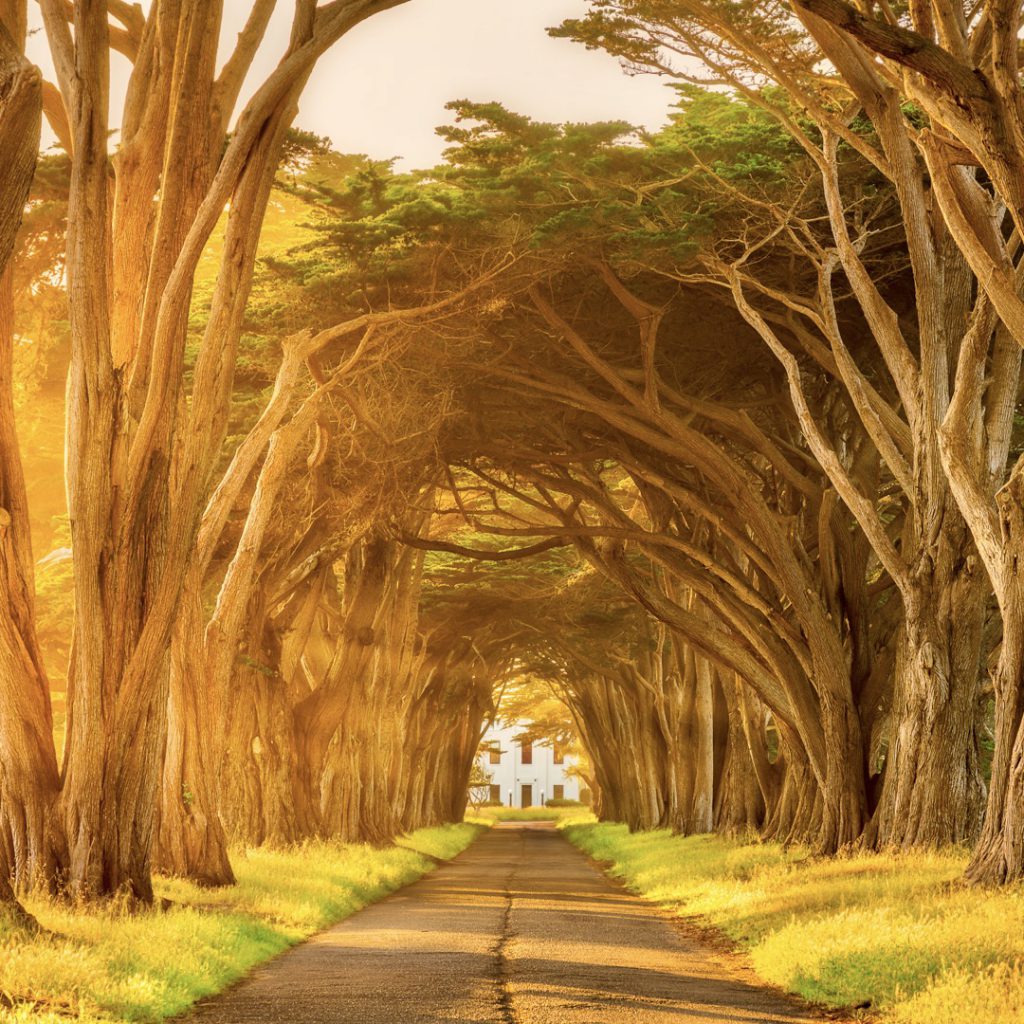
Visit the Cypress Tree Tunnel in 2021
The park is marked as an important nature preserve, and its beaches were listed as the cleanest in California. Next to the Cypress Tree Tunnel, the park contains a few other beautiful places: Alamere Falls, Point Reyes cape, Point Reyes Lighthouse, and other popular backpacking spots.
With beautiful cypress trees growing into each other and forming a tunnel over the road, the Cypress Tree tunnel functions as a driveway that leads to an old building that houses the park’s Operations Center.
Back at the start of the 20th century, the building functioned as a wireless telegraph / Radio station where operators would tap out Morse code messages from the ships to shore. With the advent of modern technology, the station lost its function and was retired in the late nineties.
KPH Radio Station
Travel tip: If you’re looking for Cypress Tree Tunnel, the easiest is to search for “KPH Radio Station” on google maps to get to this spot.
This is the maritime radio station that was in operation from 1912 to 1997, and it was one of the most important and well-known radio stations in the world. KPH was a key component of the global maritime communications system, and it was used by ships to communicate with shore stations, other ships, and rescue services.
KPH was known for its distinctive Morse code call sign, which was transmitted regularly to help ships locate the station. The call sign was “KPH,” and it was transmitted in Morse code as “dot-dash-dot-dash-dot.” KPH was also known for its high-quality radio equipment and skilled operators, who were able to provide reliable communications services to ships at sea in all weather conditions.
After 85 years of operation, KPH closed down in 1997 due to the increasing use of satellite communications and the declining need for maritime radio stations. The station’s transmitter building and antenna towers are still standing and are now a part of the Point Reyes National Seashore, but the station is no longer in operation.
About the shot
Landscape photography might seem like black magic for some of our adventurous readers and aspiring photographers, that’s why we decided to break down the technical details behind this shot.
Photographing the Cypress Tree Tunnel can be a rewarding and unforgettable experience. Tom gave us a few tips for photographing the Cypress Tree Tunnel:
- Visit during the golden hour: The golden hour is the hour just before sunset when the light is soft and warm, and it is the best time to plan your trip to photograph the Cypress Tree Tunnel.
- Experiment with different compositions: Try framing the cypress trees differently to create unique and interesting compositions. You can photograph the trees from different angles, such as from the side or above, and try including other elements in the frame, such as the grass or the sky.
- Use a tripod: A tripod will help you take sharp and blur-free photos, especially if you are shooting during low light conditions or if you want to use a long exposure.
- Play with the depth of field: Use a wide aperture (low f-stop number) to create a shallow depth of field and blur the background, or use a narrow aperture (high f-stop number) to keep everything in focus. This can help you create different effects and draw attention to different parts of the scene.
- Don’t forget about the sky: The sky can be an essential part of the photograph, especially if it is colorful or dramatic. Consider including the sky in your composition and pay attention to how it enhances or complements the overall image.
Gear
- Body: Sony A7 III
- Lens: Sony FE 24-105mm F/4.0G OSS
Settings
- Shutter speed: 1/5
- ISO: 100
- Aperture: f/8
Software
About the Tom Wagner
Tom Wagner is an American photographer who loves to showcase the beauty in nature, and specializes in Landscapes, cityscapes, and astrophotography.
Save for later …
